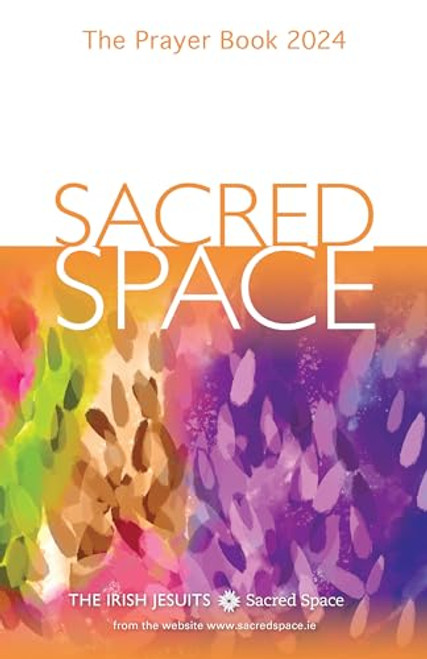In the 1950s the brethren at the Benedictine Abbey of Saint John the Baptist in Collegeville, Minnesotathe largest Benedictine abbey in the worlddecided to expand their campus, including building a new church. From a whos who of architectural starssuch as Walter Gropius, Richard Neutra, Pietro Belluschi, Barry Byrne, and Eero Saarinenthe Benedictines chose a former member of the Bauhaus, Marcel Breuer. In collaboration with the monks, this untested religious designer produced a work of modern sculptural concrete architecture that reenvisioned what a church could be and set a worldwide standard for midcentury religious design.
Saint Johns Abbey Church documents the dialogue of the design process, as Breuer instructed the monks about architecture and they in turn guided him and his associates in the construction of a sacred space in the crucial years of liturgical reform. A reading of letters, drawings, and other archival materials shows how these conversations gave shape to design elements from the churchs floor plan to the liturgical furnishings, art, and incomparable stained glass installed within it. The book offers a rare detailed view of how a patron and architect work together in a successful building campaignone that, in this case, lasted for two decades and resulted in designs for twelve buildings, ten of which were completed.
The postWorld War II years were critical in the development of religious and architectural experiences in the United Statesexperiences that came together in the construction of Saint Johns Abbey and University Church and that find their full expression in Victoria M. Youngs account of the process. Using the liturgy of the mid-twentieth century as a cornerstone for understanding the architecture produced to support it, her book showcases the importance of modernism in the design of sacred space, and of Marcel Breuers role in setting the standard.












